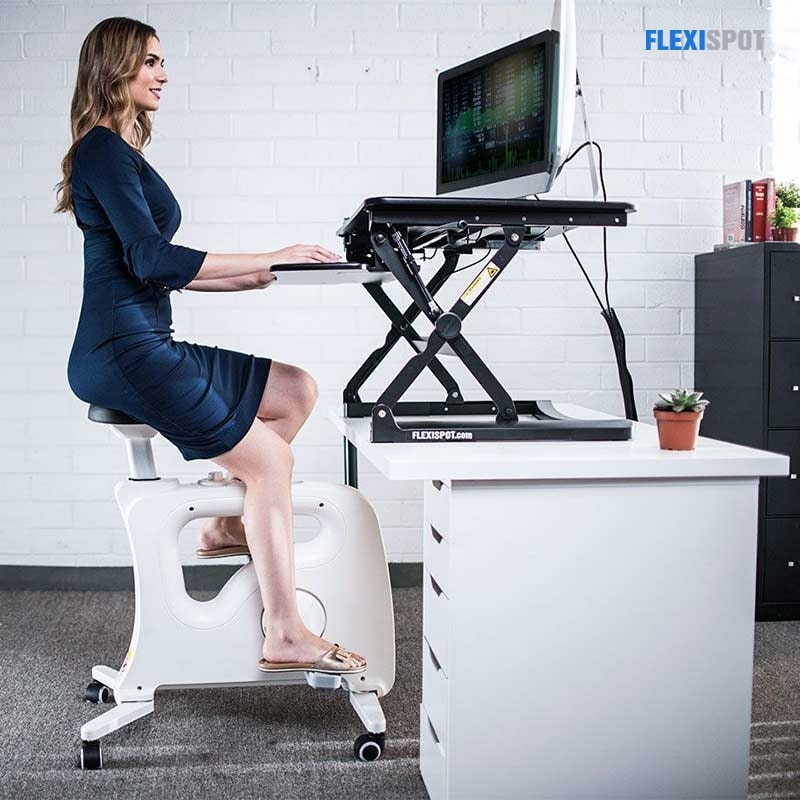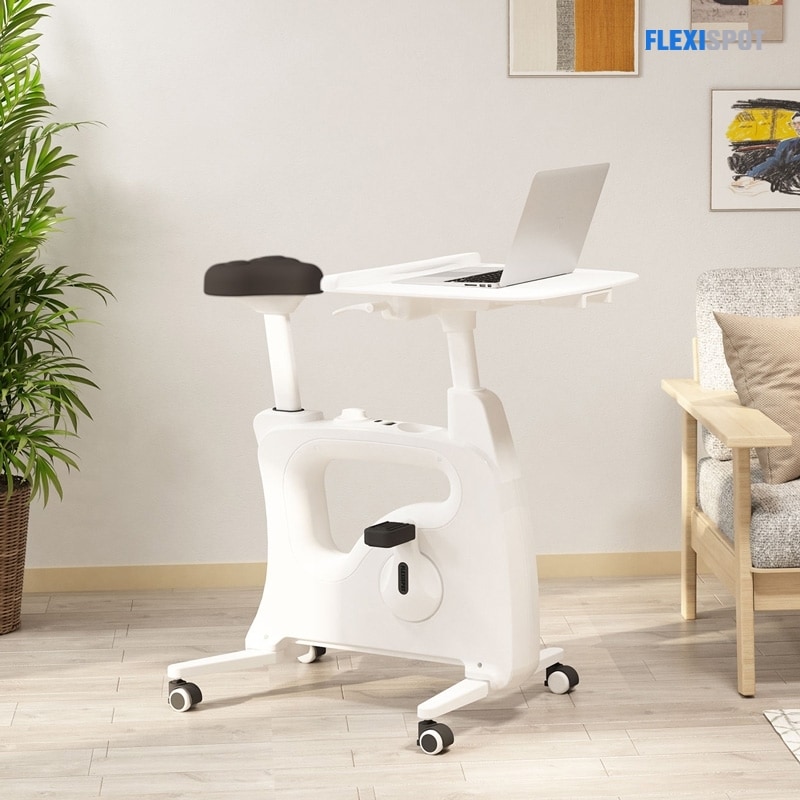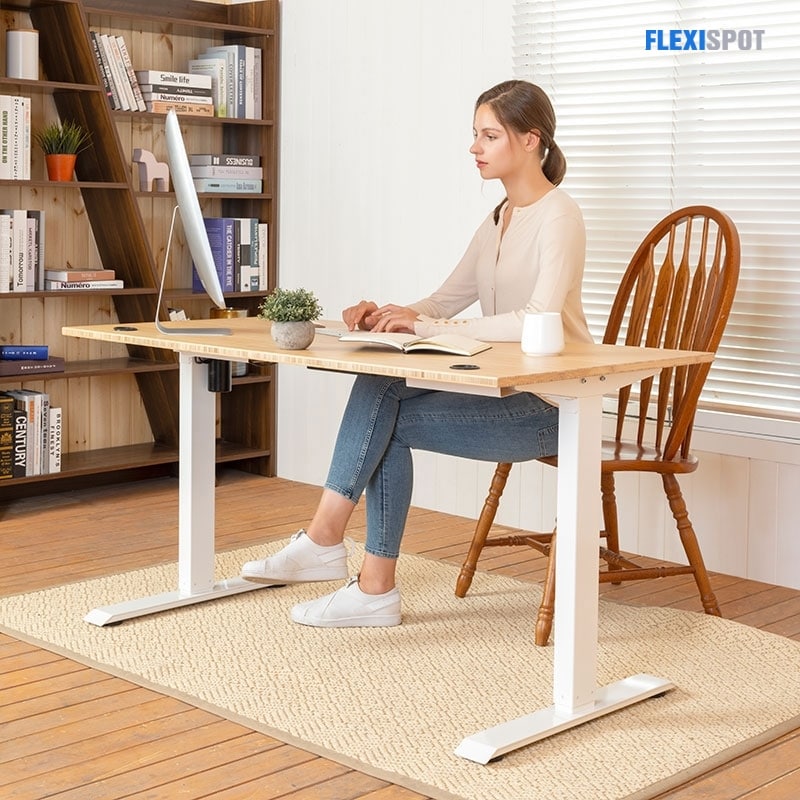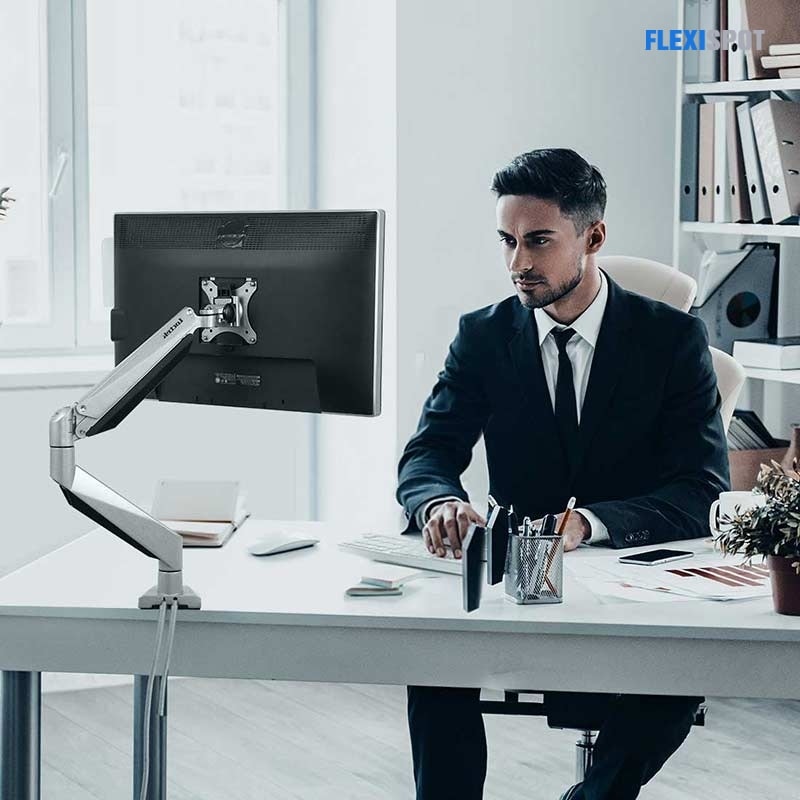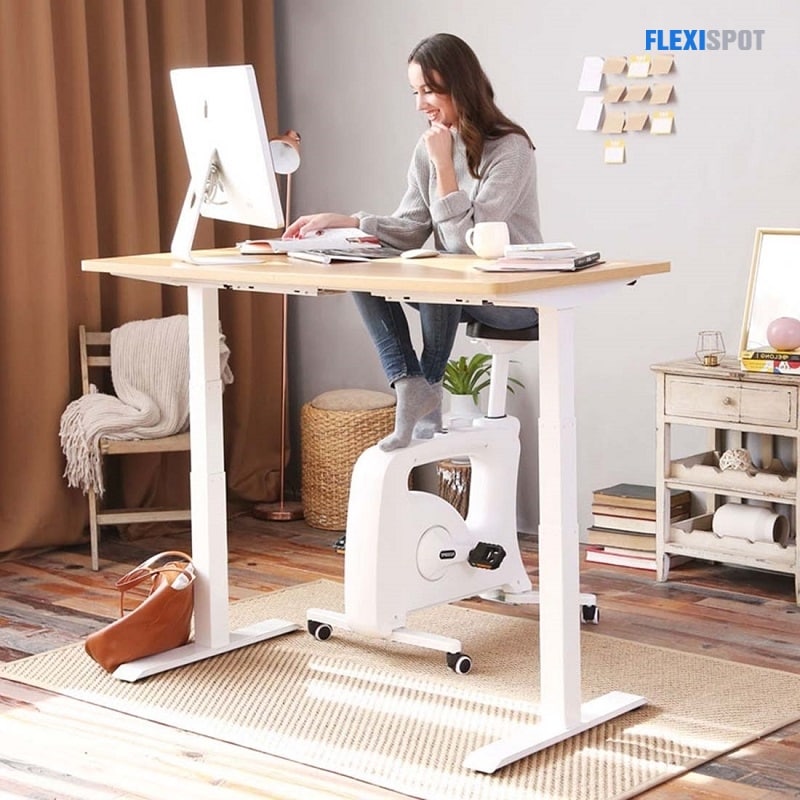
Every day of our lives, many of us end up in our workplaces. Bad habits and poor posture can cause neck and back pain and wrist and finger pain.
By introducing ergonomics into your work environment, you can see drastic improvements and changes that you will experience.
Ergonomics can help you stay comfortable in the workplace. Proper use of office ergonomics is a critical factor in changing the usual settings. This way, you can get a better work ethic.
Why Is The Presence of Ergonomics Important in Everyday Work?
Ergonomics is a technical subject that focuses on increasing productivity and economic growth, health, safety, and comfort. It is simply a matter of adapting the work to the person and not the other way around.
For example, some people would be more comfortable with minor changes such as tilting the keyboard or changing the chair or screen.
The problem is that many workers are unaware of workplace ergonomics and, therefore, unaware of the dangers of sitting at a desk for long periods.
It would be best if you tailored your workplace furniture and equipment to meet your specific needs. Like how you fit a vehicle into your body, you also need to check your office furniture.
Optimal ergonomic posture in the workplace is similar to sitting in a car with feet flat but legs straight and body slightly tilted back rather than upright.
You might get lost now, but do not worry; we will take a closer look at this topic in this article. Here are some tips for
Your Current Office Chair: The Old and Traditional One
Choosing a suitable ergonomic office chair is probably the most crucial consideration when creating an ergonomic workplace. Studies have shown that around 50% of people in developed countries suffer from back pain, and many of these cases can be directly attributed to poor seat design.
Spending 8-15 hours a day in a suboptimal chair is a cry for all kinds of problems, including back and neck pain.
You might want to look into a revolutionary and innovative chair on sale this September 27-29. FlexiSpot's Standiversary paves the way for great deals and amazing discounts. Not only can you save up, but you can also immediately start improving your current poorly designed workstation.
With the Home office All-in-One Desk Bike/Bike Workstation V9, you have a desk bike workstation that allows your blood to circulate and stay physically active even while meeting or doing work-related tasks.
This equipment can be yours for just $319.99, and this deal saves you $130.00.
A Helpful Guide for Posture
Keep note that you should make sure that you sit correctly while minding your posture. Your feet should lay flat on the floor, and that you should ensure your upper and lower back is supported.
A decent chair gives the back, legs, buttocks, and arms the support they need while eliminating awkward postures, contact stress, and forceful exertions.
Monitor Positioning and Height
By choosing the right monitor and placing it in the right place, you can avoid overexertion, unnatural postures, and glare. This reduces the risk of health problems such as excessive fatigue, eye strain, and neck and back pain.
It is beneficial if you place the screen firmly in front of you on the keyboard. You can also raise the screen approximately 2 to 3 inches above seated eye level.
It is advisable to sit at least an arm's length from the screen and adjust the distance to suit your needs.
You can also opt for a monitor stand or stand to enhance your monitor placement. This is especially helpful, so there is no strain on the neck and shoulders.
Desk Height
When you work at a desk, your workspace naturally revolves around your desk. There are various desk layouts with different shapes, cutout areas, and heights, and the size of your desk is the most important factor from an ergonomic point of view.
A desk that is too high and disproportionate to its length puts pressure on your forearms while you type, while a desk that is too low causes you to tilt and injure your upper body while you work.
There are many standing desks available on the FlexiSpot website. Perhaps this innovative product is the one you are missing. This not only improves your comfort but also gives you a better perspective on the way you work.
Learning how to take breaks correctly can help, too.
Follow these simple steps so you can replenish and recharge your energy. For ergonomic office work, you should also practice small activities and efforts that will help you get in the mood for work and that work well and complement ergonomic office furniture.
Take short breaks from stretching every 20 to 30 minutes to relax those stiff, sore muscles. Working overtime is not optimal either. You can take a break or switch tasks for at least 5 to 10 minutes after every working hour. If possible, take a break from your computer during your lunch break.
Regularly resting and refocusing your eyes can help prevent eye strain. You can try looking away from the screen and focusing on a distant location at intervals.
To prevent your eyes from getting too much radiation and stress, cover your eyes with the palms of your hands for 10-15 seconds to relax them.
Make sure you maintain the correct posture when working. Make sure to check whether or not you are hunched over.
Final Thoughts
If you adjust your computer monitor to a good height, you cannot take advantage of your office's ergonomic workstation, but do not change your sitting position, or your keyboard or mouse is out of reach.
The effect of everything working together to neutralize you and keep you moving all day is far greater than the effect of any individual change.
When you have correctly set up your workspace, adopt healthy work habits. No matter how ideal the setting, prolonged, immobile postures will stifle blood flow and take a toll on your body.
